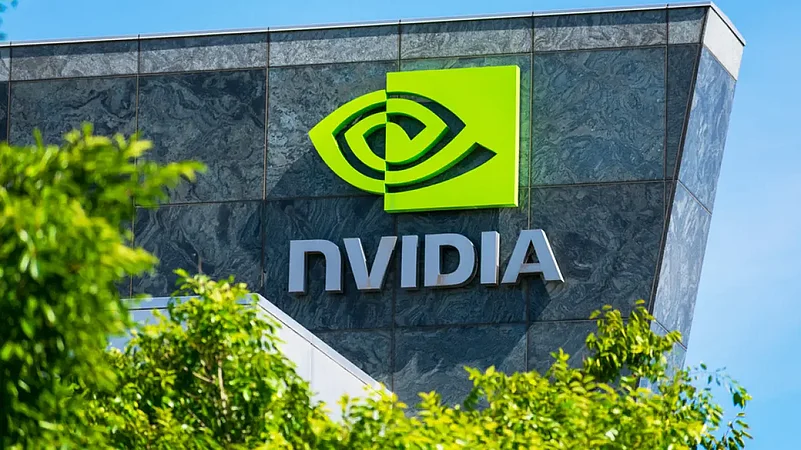
Reliance Jio has just launched one of the most exciting tech offers of the year — an opportunity to activate free Gemini Pro on Jio. In partnership with Google, Jio users can now enjoy an 18-month free subscription to Google AI Pro, which includes access to the advanced Gemini 2.5 Pro model and premium AI tools. Valued at ₹35,100 per user, this offer marks a significant push toward making artificial intelligence more accessible to millions of Indians.
This partnership between Google and Reliance Jio highlights a shared vision — accelerating AI adoption in India and empowering users with next-generation digital tools.
What Is Google Gemini Pro and the AI Pro Plan?
Before you activate free Gemini Pro on Jio, it’s worth understanding what Gemini Pro actually is. Google’s Gemini 2.5 Pro is an upgraded multimodal AI model capable of deep research, complex reasoning, and creative generation. It powers the Google AI Pro subscription, which includes exclusive access to advanced models, cloud storage, and creative tools.
With the AI Pro plan, users receive:
2TB of cloud storage across Google Photos, Drive, and Gmail.
Veo 3.1 for AI-powered video creation.
Nano Banana for AI image generation.
Expanded NotebookLM, Google’s AI writing and research assistant.
Essentially, Gemini Pro is Google’s premium AI experience, bundled with tools that enhance productivity, creativity, and digital storage — now available for free through Jio.

Step-by-Step: How to Activate Free Gemini Pro on Jio
Here’s how you can activate free Gemini Pro on Jio right now using the MyJio app:
Update your MyJio app to the latest version.
Open the app and look for the “Google AI Pro Plan FREE” or “Gemini AI Offer” banner.
Tap on the banner to register your interest.
Provide your Gmail ID and follow the on-screen prompts.
Wait for Jio’s confirmation — you’ll be notified once activation begins for your account.
If you’re above 25, don’t worry — you can still register your interest, ensuring you’ll be among the first notified when the broader rollout starts.
Why This Offer Matters for India
The move to activate free Gemini Pro on Jio isn’t just a promotional stunt — it’s a strategic milestone in India’s digital evolution. With AI adoption rising and data consumption at record highs, Jio’s collaboration with Google creates a new ecosystem where advanced AI tools reach everyday users.
At the same time, competitors like Airtel’s partnership with Perplexity AI and OpenAI’s free ChatGPT Go plan show how India has become a global testing ground for democratized AI. By giving young users access to premium AI experiences, Jio is fueling innovation, education, and digital literacy at scale.
Verdict
Jio’s decision to activate free Gemini Pro on Jio in partnership with Google is a bold and visionary move. It not only gives Indian users access to world-class AI tools for free but also positions Jio as the leader in driving digital transformation in the country. For students, creators, and professionals alike, this offer is a chance to explore powerful AI capabilities without spending a rupee.
In short: if you’re eligible, don’t miss this opportunity — it’s one of the smartest tech deals of 2025.
Read More-
M5 MacBook Pro review: exceptional performance leap or minor upgrade?
M5 iPad Pro review: hands-on testing and M4 upgrade check
ChatGPT Go free in India — OpenAI’s biggest expansion for Indian users in 2025
Redmi K90 Pro Max Launched: The Ultimate Value Flagship of 2025?
iPhone 17 Review: Smarter, Sleeker, Stronger
iPhone 17 Pro Max – The Most Powerful iPhone Yet
Best 5 Camera Phones in India for Stunning Photos (2025) – Full Reviews
FAQs About How to Activate Free Gemini Pro on Jio
1. How can I activate free Gemini Pro on Jio using the MyJio app?
To activate free Gemini Pro on Jio, open the MyJio app, find the “Google AI Pro Plan FREE” banner, tap it, and register with your Gmail ID.
2. Who is eligible to activate free Gemini Pro on Jio?
Currently, Jio users aged 18–25 with an active unlimited 5G plan worth ₹349 or above can activate free Gemini Pro on Jio.
3. Is the option to activate free Gemini Pro on Jio available for prepaid and postpaid users?
Yes. Both prepaid and postpaid Jio users can activate free Gemini Pro on Jio as long as they meet the eligibility criteria.
4. How long can I use Gemini Pro for free after activating on Jio?
Once you activate free Gemini Pro on Jio, you’ll get 18 months of access to Google’s AI Pro plan worth ₹35,100.
5. What benefits come after I activate free Gemini Pro on Jio?
When you activate free Gemini Pro on Jio, you’ll receive access to Gemini 2.5 Pro, 2TB of storage, and AI tools like Veo 3.1 and Nano Banana.


